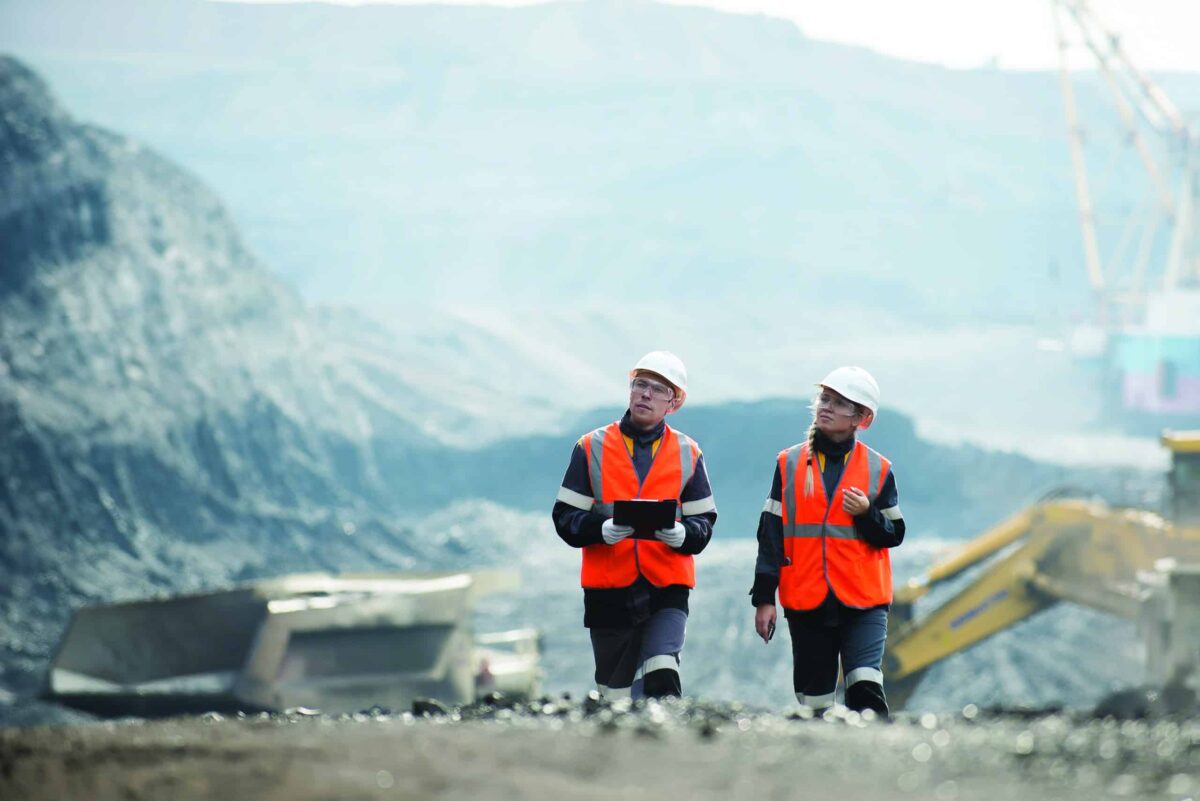Batteries and Energy Storage — Critical and Strategic Minerals and the Emerging Resource Security

Authors: Brady Chapman, Ken Tennenhouse
The transition to electric vehicles (EVs) is rapidly advancing, with many auto manufacturers releasing details on their EV plans moving forward. Companies continue to look for ways to electrify and upgrade their operations to reach their own net-zero goals and to satisfy increasingly stringent emissions compliance regimes.
These monumental transitions are resulting in changing resource markets. Many countries that have long focused on securing reliable sources of fossil fuels for their energy security have begun shifting their focus to securing reliable sources of critical and strategic minerals (CSMs). CSMs consist of minerals and rare earth elements required for technologies such as lithium-ion batteries and small modular reactors, which are needed for the transition to net-zero economies. They include lithium, copper, manganese, cobalt and uranium.
Canada’s Push into the CSM Space
In 2021, Canada pushed into the CSM space. In March 2021, the Federal Government released a list of 31 minerals it considers vital to sustainable economic success. The 2021 Federal Budget proposed to allocate $9.6 million to form a Critical Battery Minerals Centre of Excellence to implement the Canada-U.S. Joint Action Plan on Critical Minerals first announced in 2020. The budget also proposed $36.8 million for “federal research and development to advance critical battery mineral processing and refining expertise.”
The Federal Government’s CSM push was also on display at the Canada-European Union Leader’s Summit, where a formal critical mineral alliance was announced between Canada and the EU. The same push was present at the North American Leader summit in November 2021.
Provinces Focusing on CSM Opportunities
Across Western Canada, provincial governments have also begun to focus on emerging CSM opportunities. The theme for the Government of Saskatchewan’s Mining Week from May 30 to June 5, 2021, was “Saskatchewan’s Critical Minerals Essential to Global Supply Chains,” focused on highlighting the province’s current CSM operations and future opportunities. The Government of Saskatchewan and the Saskatchewan Research Council also continued the development of Canada’s first Rare Earth Processing Facility to establish a Rare Earth Element (REE) supply chain in
the province.
Alberta took several steps to support what it has labelled the “next-generation minerals industry” throughout 2021. In November, the province released its Mineral Strategy and Action Plan, highlighting Alberta’s untapped CSM resource opportunities – in particular, its lithium and uranium extraction plays. The province also announced Bill 82, the Mineral Resource Development
Act, to establish the Alberta Energy Regulator as the lead authority on the province’s mineral resource development and to provide clarity for industry looking to extract CSMs in Alberta. At the time of writing this article, Bill 82 has passed third reading and is anticipated to become law.
Opportunities and Challenges in the CSM Industry
The ongoing energy transition will continue to put pressure on CSM markets and new opportunities will undoubtedly open up. Canada has long been known as a mining nation. Western Canada,
in particular, is familiar and experienced with the types of projects needed to seize new CSM opportunities.
With new laws come new legal risks and considerations for the CSM industry. New technologies are rapidly advancing for CSM extraction and refining. For instance, the technologies being developed throughout Western Canada to extract lithium from subsurface brines are more akin to oil and gas operations than what some think of as mining operations. Novel issues are also arising for the international trading of CSMs, as companies, investors and countries are increasingly guided by ESG factors and carbon intensity metrics.
Moving into 2022, the CSM industry will need to remain alive to these many novel issues and how they may impact their operations or bottom line.
This article is part of The Energy Playbook: 2021 Year in Review which highlights key developments in Western Canada throughout the past year and discusses some of the risks and opportunities for businesses. Download the FREE e-book.
Note: This article is of a general nature only and is not exhaustive of all possible legal rights or remedies. In addition, laws may change over time and should be interpreted only in the context of particular circumstances such that these materials are not intended to be relied upon or taken as legal advice or opinion. Readers should consult a legal professional for specific advice in any particular situation.



